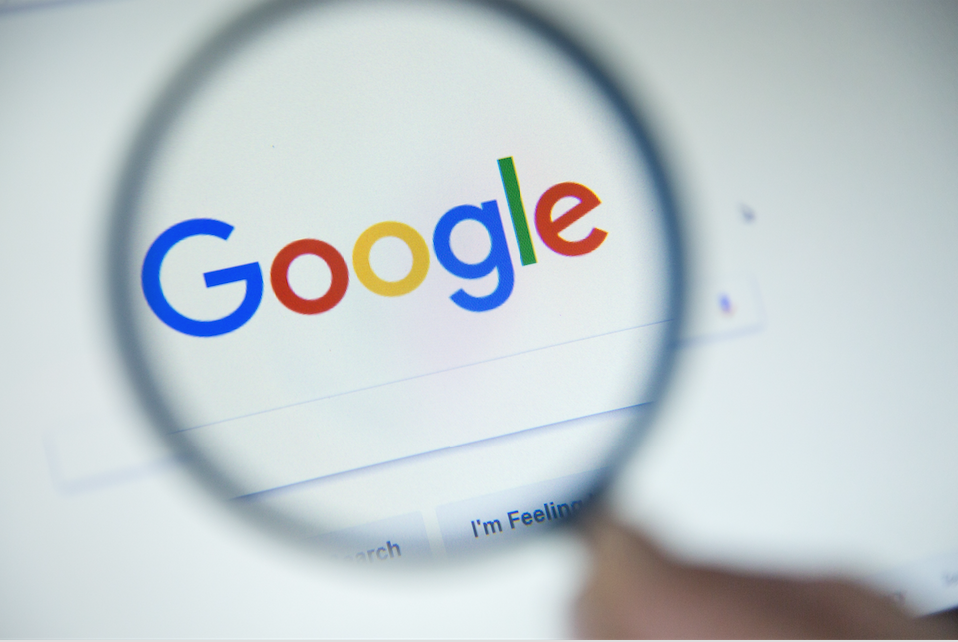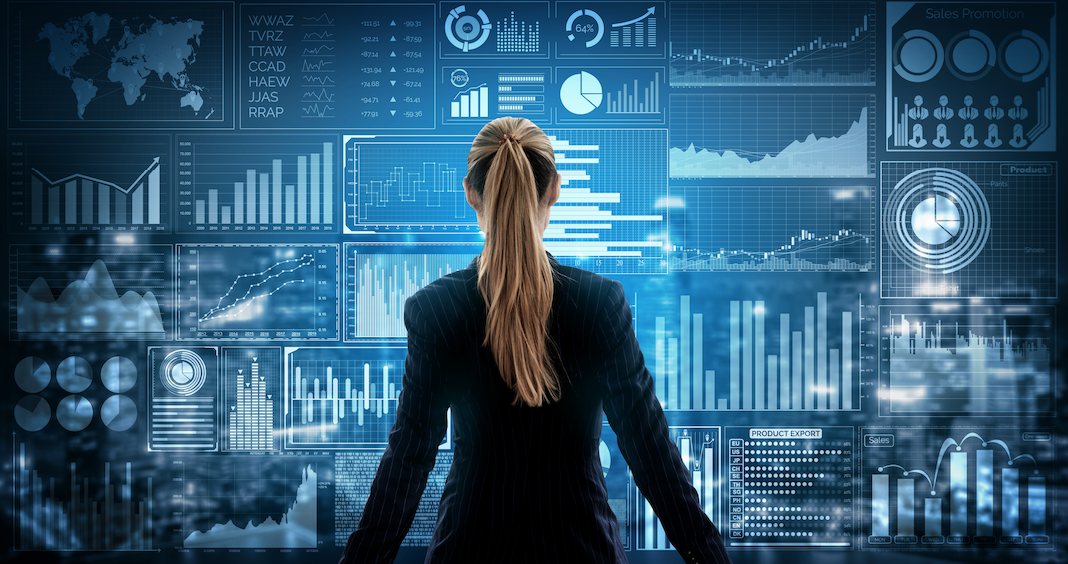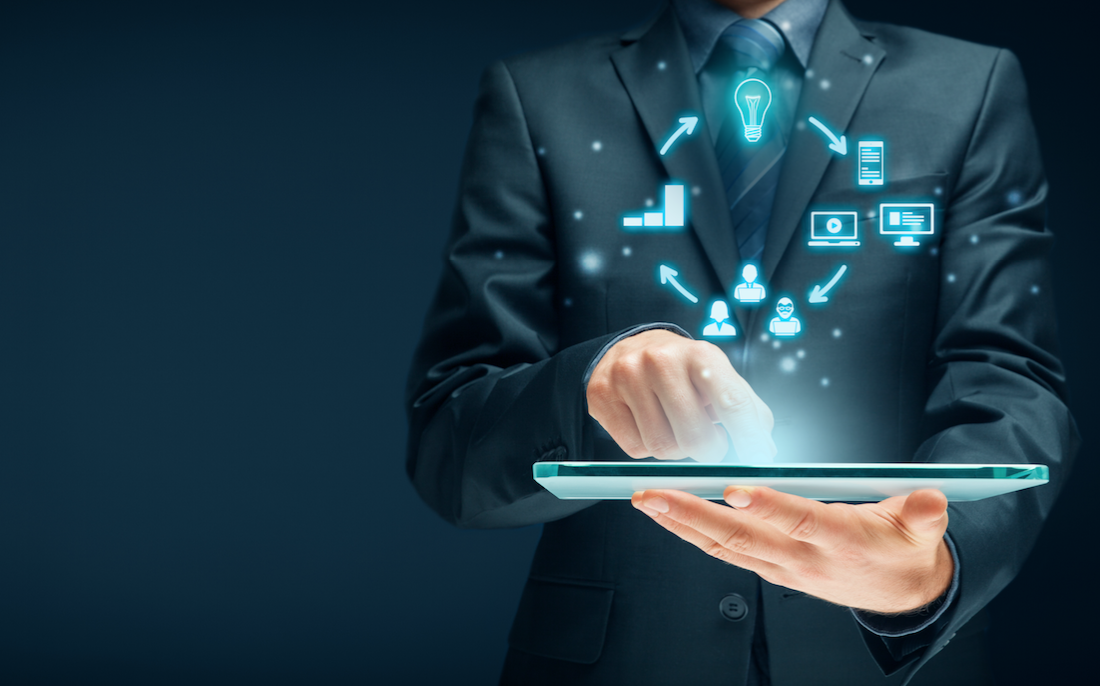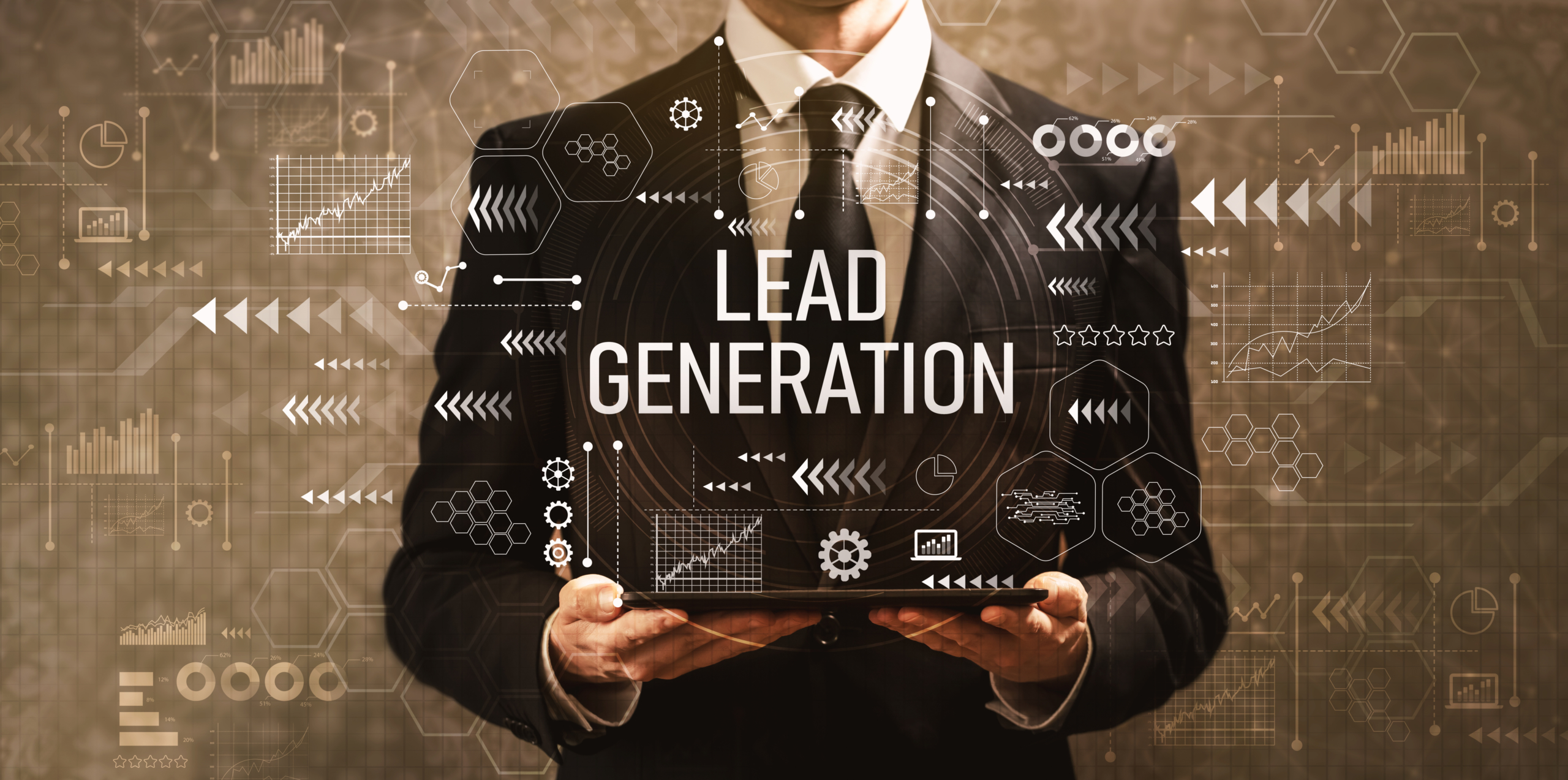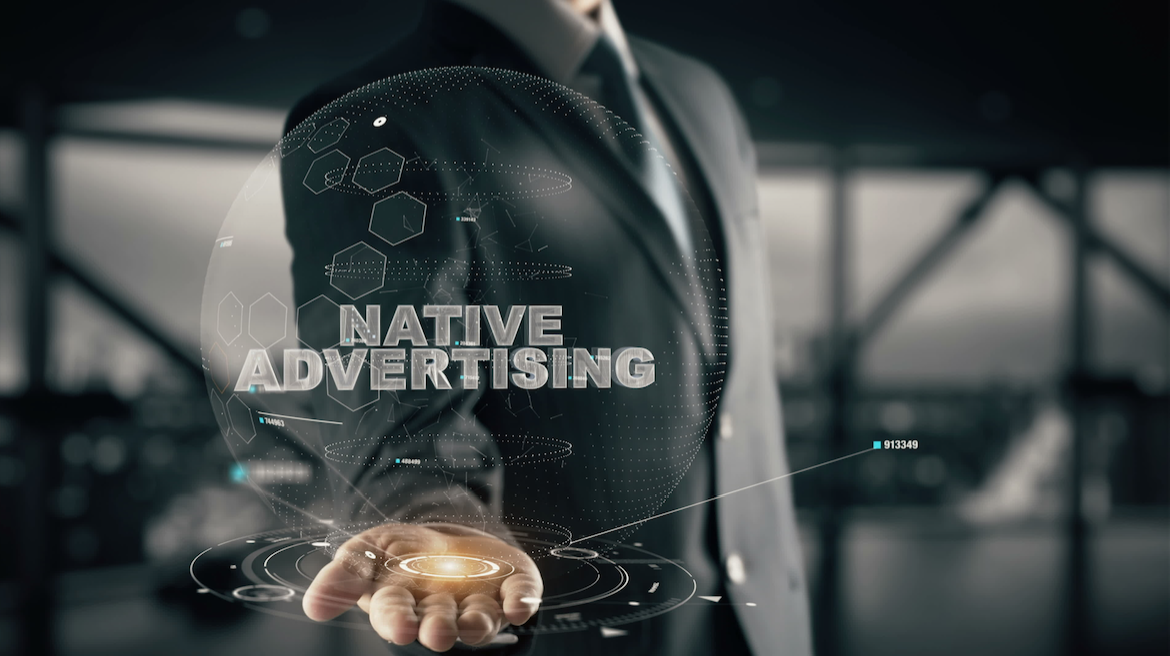Google’s December 2020 Core update was a notable change according to several data providers. The Google core update is now completely finished rolling out as of December 16, 2020 and while the December core update is not figured
- Home
- Digital Marketing
Many businesses have completely altered the way they operate in 2020. More and more products and services move online and many employees will continue to work remotely or in a hybrid setting for much of next year.
A study found that 84% of people now expect brands to publish content that entertains, provides solutions and is engaging. Content really is the brand ambassador of an organization and as a marketer, you have to make
Nobody was prepared in the slightest for everything that occurred in 2020, and that includes digital marketing agencies. When initial shutdowns began worldwide, agencies all over the world decreased significantly in revenues. While 2021 still holds some
Looking to increase your brand awareness and grow your small business in 2021? Utilize these 5 psychological factors and strategies to achieve just that. 1. Social Influence Today, around 80% of consumers’ purchasing decisions are influenced by
With so many different ranking factors for Google, over 200 in total, it's important to identify which are the most important that are essential to your success. Overall, there are several ranking factors that do little to
Facebook, one of the largest social and advertising platforms in the world, is increasingly relying on artificial intelligence to monitor the platform. If your small business ads are continuously getting blocked on Facebook, there may be another
Have you been interested in generating more leads from Facebook? Facebook lead forms and their capabilities are a big part of why so many businesses rely on the social platform for their advertising. Rightfully so, these campaigns
Advertising in general has become so second nature to anyone browsing the web that they almost block out anything that could be considered an ad. This means that your ad either needs to stand out enough to
Influencer marketing allows brands to easily break into the consumers’ circle of trust in a way that feels more organic and welcomed. It’s relevant, reliable and relatable, making it an extremely effective marketing tool for brands. Are

